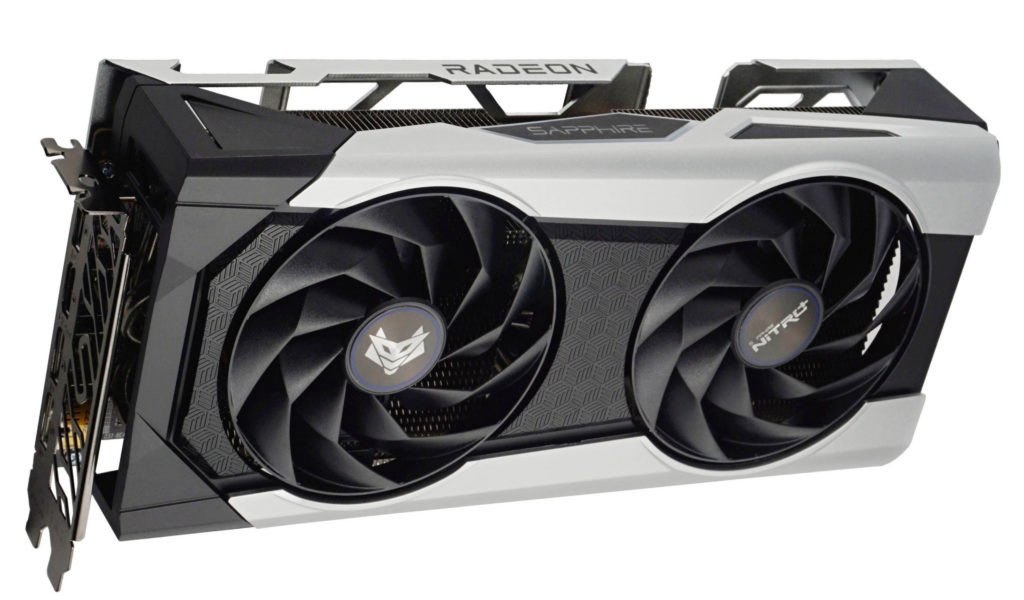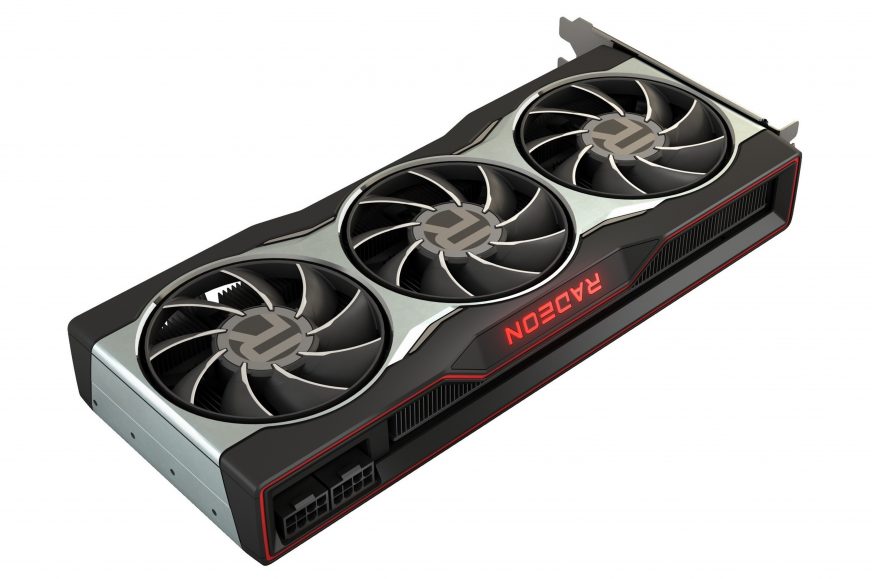Navi 33 will come out before Computex after all
A few days ago, reports started surfacing that more affordable Radeon graphics cards with RDNA 3 architecture based on the Navi 33 chip might finally be coming to market. They stated that these cards could be exhibited (just that at that point) at Computex 2023 during (May 30–June 2). But it might all happen faster. According to information posted by YouTuber Moore’s Law Is Dead, there card should be available on the shelves before then.
According to Moore’s Law Is Dead, AMD and the card manufacturers have recently begun to prepare the release of these mainstream graphics cards with the Navi 33 chip, which features 32 CUs and 2048 shaders with a 128-bit bus and 32MB Infinity Cache. It is thus the successor to the Navi 23 chip that did its duty in the Radeon RX 6600 XT and 6650 XT graphics cards, and these new RX 7000 generation graphics cards could therefore have the same positioning in AMD’s lineup, presumably replacing these previous RDNA 2 generation cards.
A launch date has reportedly already been set for the cards. According to Moore’s Law Is Dead, samples of the cards will be distributed to reviewers starting May 15, and there will only be ten days to test them, as the release is scheduled right away for May 25, that including physical availability in stores. Thus, you’ll be able to buy the Radeon RX 7600 XT (allegedly) before the end of this month, in three weeks and a bit.
Reviews will be allowed to be published a day earlier, so there will be some time to weigh the decision. Or rather, AMD will reportedly do the same thing as Nvidia did when it released the RTX 4070. Namely, there will be separate NDA lift dates on reviews of reference and premium cards. Those models that are priced higher than the suggested price (i.e. non-reference and overclocked graphics cards in designs that are more premium compared to the “MSRP”) will be allowed to be reviewed only on May 25, the day of release (probably 3pm CET). On the other hand, cards whose suggested price is the same as that set by AMD for the reference design, will be permitted to have reviews published as early as May 24 (again, probably 3pm CET).
This is likely to be either an effort to incentivise card manufacturers to offer more models at the base MSRP, or calculating that reviewers will give slightly more favourable verdicts for cards with a lower suggested price, which will then dominate the media image of the card, even if tests of additional models come out a day later (for these, the reviews often include the addendum that the higher suggested price of the premium non-reference design that makes the reviewed card less attractive).
However, what we still don’t know is what is the recommended price. There have been no leaks in this regard so far.
🔥#AMD RX 7600 XT Updates:
1) Press Sampling = May 15th
2) MSRP Reviews = May 24th
3) Release Date = May 25th
4) Above-MSRP models get reviewed a day late!🥳
If you want to know Navi 33 performance and power consumption, I leaked it here this week:https://t.co/bho31NvFTK
— Moore's Law Is Dead (@mooreslawisdead) April 26, 2023
Performance similar to Radeon RX 6700 XT?
Moore’s Law is Dead also lists some Radeon RX 7600 XT details. That is, more specifically, the YouTuber claims to be informed about a sample card that may or may not match how the shipping SKU will turn out (performance and power draw may not match depending on whether it’s a prototype card, ES, or qualification sample). This sample desktop card with the Navi 33 chip is said to have 8GB of memory. This is as expected, the GPU has a 128-bit bus similar to Nvidia’s AD106.

The clock speed the GPU boosts to (presumably when gaming?) is said to be above 2600 MHz. It’s said to deliver roughly 11% more performance than the Radeon RX 6650 XT – this could bring the Radeon RX 7600 XT up to the level of the Radeon RX 6700 XT (when gaming in 1920×1080 at least), but RX 6700 XT naturally has 12GB of memory and therefore better headroom for the most demanding new games. Unfortunately, there’s no telling what specific benchmark or resolution were used to get that 11% number.
It would be a small increase in performance compared to the previous model, but hopefully it’s attained with the same power draw (175 W), which is perhaps still a relatively good outcome. The Navi 33 GPU is manufactured with 6nm technology, so the RDNA 3 architecture can’t rely on a more advanced process much, this technology is only slightly better than the N7 process of the Navi 23 chip. The question is of course how accurate will these alleged specs ultimately prove to be.
Sources: Moore’s Law Is Dead (1, 2), VideoCardz
English translation and edit by Jozef Dudáš
⠀








